Lanternflies (Hemiptera: Fulgoridae) of Taiwan
- PMID: 37223434
- PMCID: PMC10201347
- DOI: 10.6620/ZS.2023.62-07
Lanternflies (Hemiptera: Fulgoridae) of Taiwan
Abstract
The family Fulgoridae belongs to the order Hemiptera, superfamily Fulgoridea, with approximately 770 described species worldwide. Their extraordinary appearance attracts the attention of both entomologists and the public. In addition to the evolutionary issue of their special appearance, certain species are also considered notorious pests (e.g., Lycorma delicatula). Several issues widely exist in previous taxonomic studies of lanternflies: (1) application of uncertain morphological characters leads to synonymy or misidentification; (2) descriptions of male genitalia are incomplete; (3) information of nymphal morphology is insufficient. Therefore, this study aims to provide a comprehensive taxonomic study of Fulgoridae from Taiwan. In this study, eight species in six genera from Taiwan were reported, of which Limois westwoodii was recorded for the first time from Taiwan. Lycorma olivacea was proposed as a new junior synonym of L. meliae. The fifth-instar nymph of Saiva formosana was described for the first time. Detailed descriptions of these lanternflies and an identification key to adults of Fulgoridae from Taiwan were also included.
Keywords: Fulgorid; Male genitalia; New record; Nymph; Synonym.
Figures

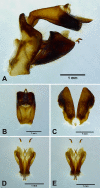

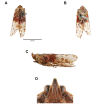
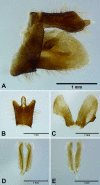


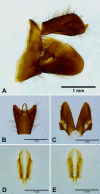
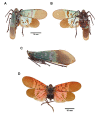
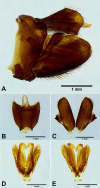
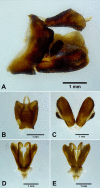



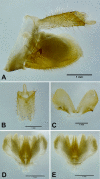

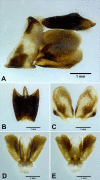
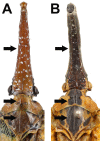
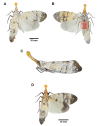
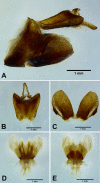
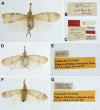
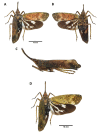
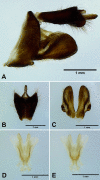

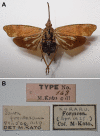

References
-
- Abramoff MD, Magalhães PJ, Ram SJ. 2004. Image processing with ImageJ. Biophotonics Int 11:36–42.
-
- Amyot C, Serville J. 1843. Deuxième partie. Homoptères. Homoptera Latr. Histoire Naturelle des Insectes. Hémiptères. Librairie encyclopédique de Roret, Paris, 490 pp. (in French)
-
- Atkinson ET. 1885. Notes on Indian Rhynchota. No. 4. J Proc Asiat Soc Bengal 54:127–158.
-
- Bartlett CR, O'Brien LB, Wilson SW. 2014. A review of the planthoppers (Hemiptera: Fulgoroidea) of the United States. Mem Am Entomol Soc 50:1–287.
-
- Blanchard E. 1845. Septième ordre les Hémiptères. pp. 424–427. In: Blanchard E (ed.). Histoire des insectes, traitant de leurs moeurs et de leurs métamorphoses en général et comprenant une nouvelle classification fondée sur leurs rapports naturels. Librairie F Savy, Paris. (in French)
LinkOut - more resources
Full Text Sources
